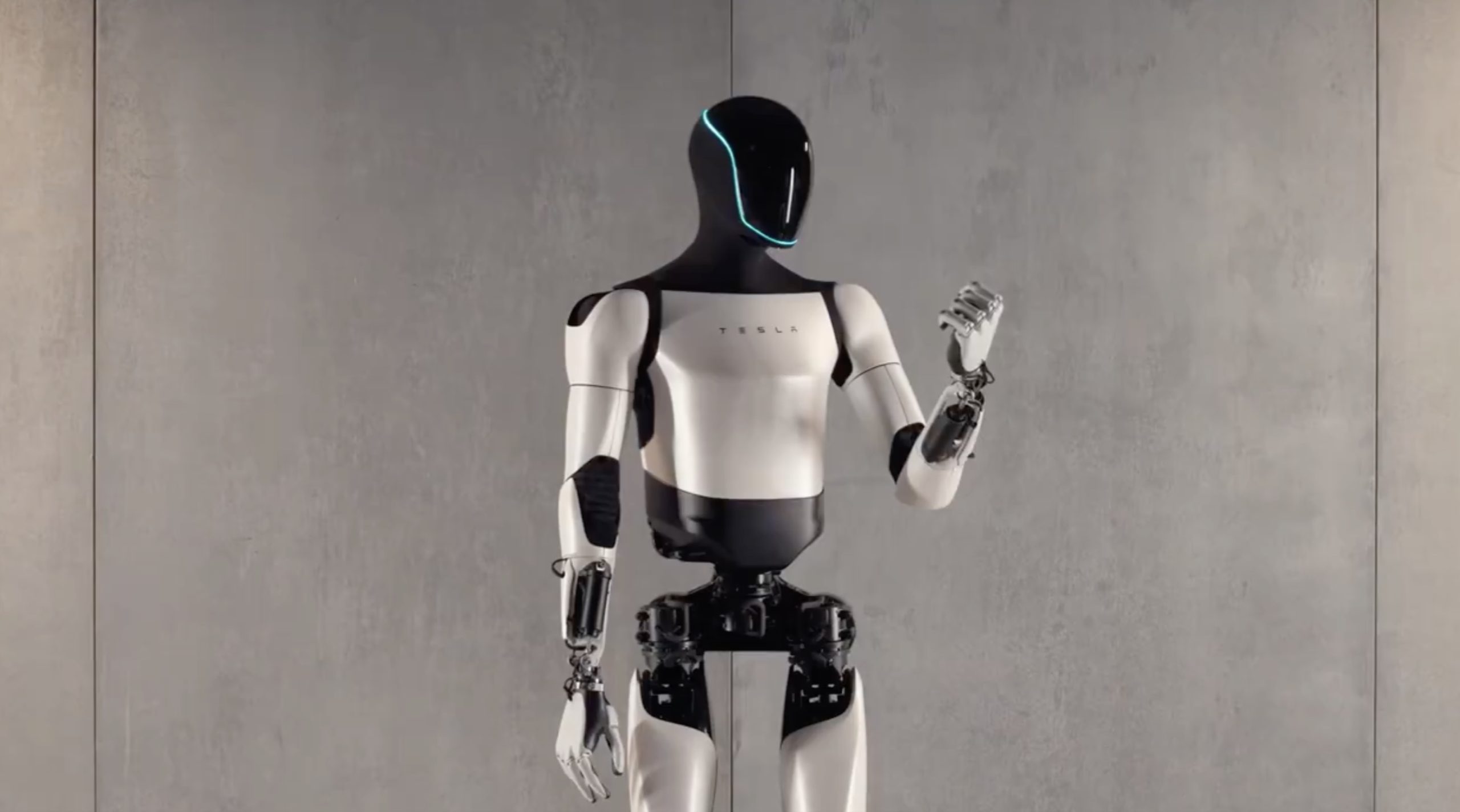Tesla's Optimus Robot: Navigating The Challenges Of Rare Earth Dependence

Table of Contents
The Crucial Role of Rare Earth Elements in Robotics
What are Rare Earth Elements (REEs)?
Rare earth elements (REEs) are a group of 17 chemically similar elements crucial for advanced technologies due to their unique magnetic, luminescent, and catalytic properties. These properties make them indispensable in many high-tech applications, including robotics. They are not actually rare in the Earth's crust, but their extraction and processing are complex and often environmentally damaging.
REEs in Optimus's Potential Components
Many components within Optimus, Tesla's humanoid robot, likely require REEs for optimal functionality. These include:
- Motors: Neodymium magnets, containing neodymium, dysprosium, and praseodymium, are vital for the powerful and precise motors that drive Optimus's movements. These REEs allow for high magnetic strength and temperature resistance, essential for robotics.
- Sensors: Certain sensors, particularly those relying on infrared or laser technology, may utilize REEs like terbium and europium for their luminescent properties, enhancing the robot's perception and navigation capabilities.
- Batteries: While Tesla is pushing battery technology advancements, even next-generation batteries may contain small amounts of REEs in various components related to power management and efficiency.
The specific functions of these REEs are critical; their unique magnetic and luminescent qualities are irreplaceable with currently available alternatives in many applications.
The Geopolitical Landscape of REE Supply
The global supply of REEs is highly concentrated, creating geopolitical vulnerabilities. China currently dominates REE mining and processing:
- Major REE Producing Countries: China, Australia, Vietnam, Brazil, and Russia are the primary sources of REEs, creating significant dependence on specific nations.
- Supply Chain Disruptions: This concentration poses risks. Geopolitical tensions, trade disputes, or even natural disasters in these regions could severely disrupt the supply chain, impacting Optimus's production and potentially delaying its market launch. This dependence necessitates the exploration of alternative strategies.
Environmental Concerns Associated with REE Mining
The Environmental Impact of REE Extraction
REE extraction is notoriously environmentally damaging:
- Water Pollution: Mining processes generate significant amounts of acidic wastewater containing heavy metals, contaminating water sources and harming ecosystems.
- Habitat Destruction: Large-scale mining operations destroy habitats, leading to biodiversity loss.
- Carbon Emissions: The energy-intensive nature of REE processing contributes significantly to greenhouse gas emissions.
Sustainable REE mining practices are crucial for mitigating these impacts, requiring innovative extraction techniques and stricter environmental regulations.
Ethical Considerations of REE Sourcing
Ethical sourcing is another critical concern:
- Labor Practices: Some REE mines operate with poor labor practices, including unsafe working conditions and exploitation of workers.
- Environmental Regulations: Lax environmental regulations in some REE-producing countries exacerbate the environmental damage.
Tesla and its supply chain partners must prioritize responsible sourcing, ensuring compliance with ethical and environmental standards throughout the entire production process.
Strategies for Mitigating Rare Earth Dependence in Optimus
Developing Alternative Materials
Research into alternative materials is crucial for reducing reliance on REEs:
- Potential Alternatives: Scientists are exploring materials like ferrite magnets and high-temperature superconducting materials, which might partially replace REEs in certain applications.
- Challenges: These alternatives often present trade-offs in terms of performance and cost, making their widespread adoption challenging. Further research and development are needed to improve their efficiency and cost-effectiveness.
Optimizing REE Usage
Minimizing REE usage in Optimus's components is crucial:
- Design Optimization: Refining the design of motors and other components can significantly reduce the amount of REEs required without compromising functionality.
- Material Science Advancements: Innovations in material science may lead to the development of more efficient materials requiring less REE content to achieve the desired performance.
Recycling and Resource Recovery
Recycling and resource recovery are key elements in mitigating REE dependence:
- Technological Advancements: Developing efficient and cost-effective REE recycling technologies is crucial for recovering REEs from end-of-life products.
- Economic and Environmental Benefits: Investing in REE recycling reduces the need for primary mining, minimizing environmental damage and enhancing resource security.
Conclusion
Tesla's Optimus robot and rare earth dependence present a complex challenge with significant environmental, geopolitical, and ethical implications. The crucial role of REEs in robotics underscores the need for innovative solutions to mitigate this dependence. Developing alternative materials, optimizing REE usage, and prioritizing recycling and resource recovery are vital steps towards ensuring a sustainable and ethical future for robotics. Understanding the complexities of Tesla's Optimus Robot and rare earth dependence is crucial for the future of robotics. Further research into sustainable solutions is essential to ensure a responsible and ethical path forward.

Featured Posts
-
 Chinas Impact On Bmw And Porsche Sales Market Headwinds And Strategic Responses
Apr 24, 2025
Chinas Impact On Bmw And Porsche Sales Market Headwinds And Strategic Responses
Apr 24, 2025 -
 How Elite Universities Are Responding To Funding Challenges Under The Trump Administration
Apr 24, 2025
How Elite Universities Are Responding To Funding Challenges Under The Trump Administration
Apr 24, 2025 -
 The Bold And The Beautiful April 9 Recap Steffy Blames Bill Finn Rushes To Icu
Apr 24, 2025
The Bold And The Beautiful April 9 Recap Steffy Blames Bill Finn Rushes To Icu
Apr 24, 2025 -
 Microsoft Activision Deal Ftcs Appeal And Its Potential Impact
Apr 24, 2025
Microsoft Activision Deal Ftcs Appeal And Its Potential Impact
Apr 24, 2025 -
 Fbi Probes Office365 Data Breach Millions In Losses Attributed To Single Hacker
Apr 24, 2025
Fbi Probes Office365 Data Breach Millions In Losses Attributed To Single Hacker
Apr 24, 2025
